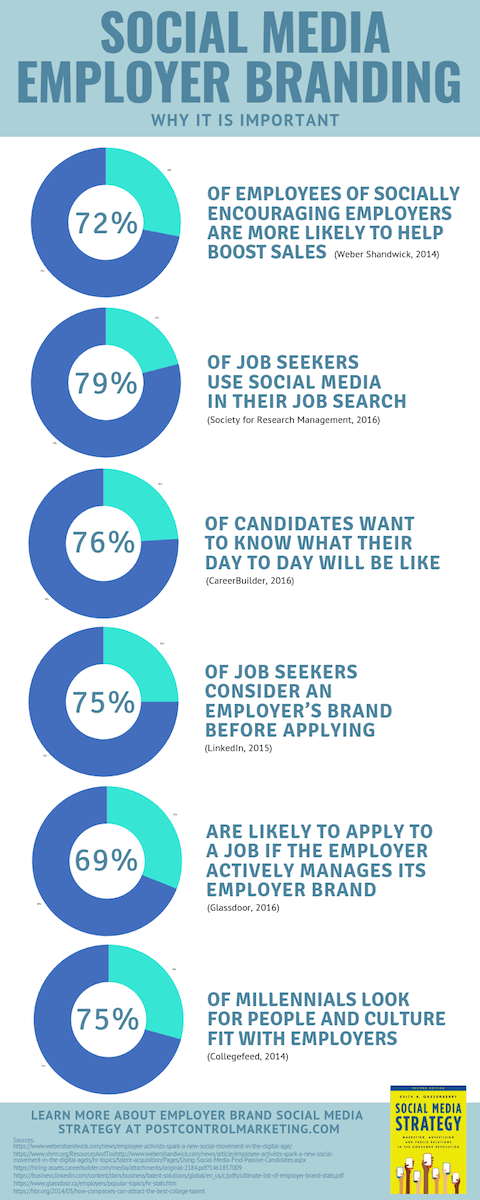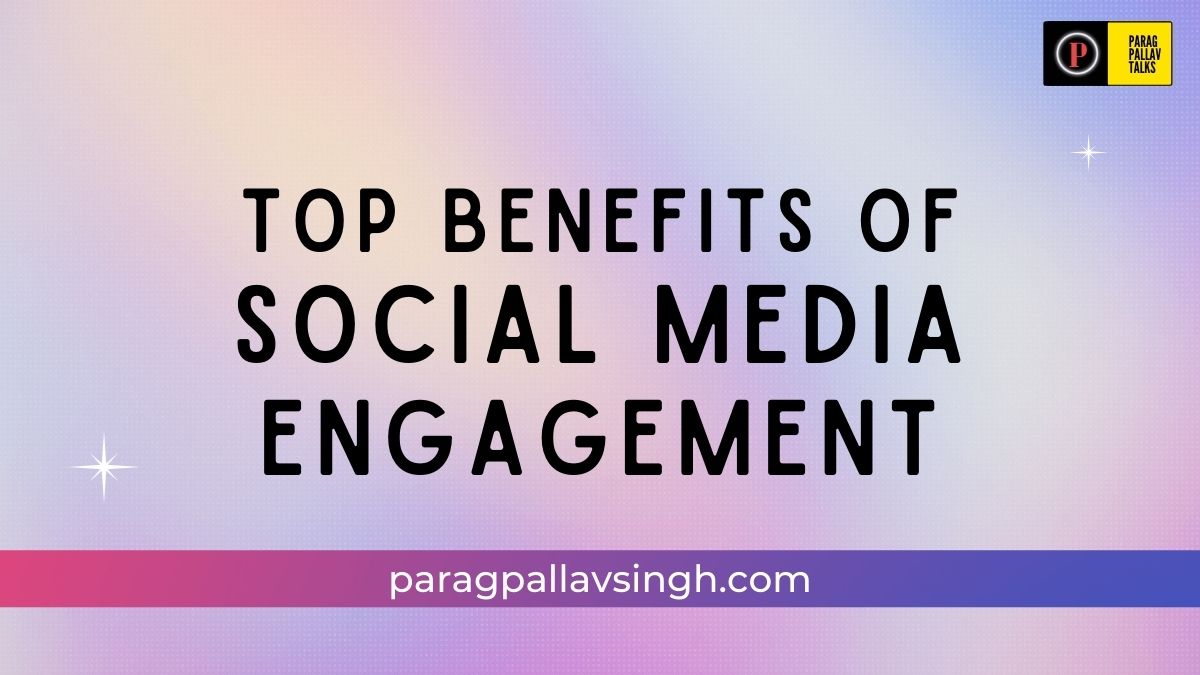
Before you start planning a social media paid campaign, you must decide what you want to accomplish with it. Your business goals will impact how successful your social-media campaign. Common goals are views, video views and website clicks. Engagements, leads, and conversions are all common. Payed social campaigns can help with your objectives.
Pay-per-click
Social media advertising is one of the most popular ways to reach people and grow your following. Facebook, Instagram (and LinkedIn), as well as Twitter, all have their own advertising platforms. The cost for social media pay-per-click is dependent on your budget, competition, and the goals you want to achieve. But, even for those with a tight budget, social media marketing can be extremely cost-effective. It can also be used to target customers at each stage of the buying cycle.
Instagram Ads
Instagram is fast becoming a major social media platform. Paid ads can make it worthwhile for large brands. Instagram data can be used to target potential customers by targeting them based their interests and behaviours. Instagram allows users the ability to interact with brands via videos and photos. This allows brands and businesses to increase their followers and attract customers. If done right, paid ads on Instagram can yield a clear ROI.

Facebook Ads
Although Facebook is the subject of much controversy these days, few people have given up on it. Its use is currently higher than any other social media site, aside from YouTube. Paid media is an integral part of a digital strategy. Even if you have a small budget, Facebook ads can boost your content and increase your engagement levels. They are worth considering. It is an essential part of inbound marketing.
Tweet Ads
An awareness, consideration, and conversion objective can all be used to create a Twitter advertising campaign. Once you have chosen an objective, create your campaign by setting up the details, budget, schedule, and other details. A Twitter ad will help achieve your goals whether you want to create awareness, generate leads, increase brand awareness or generate new leads. Here are some suggestions to help you get started. To increase brand awareness and generate new leads, you should use an existing tweet or write a new one.
LinkedIn Ads
LinkedIn ads allow you to target specific audiences and can be tailored for specific markets. LinkedIn offers conversion tracking, which can be used to track unique purchases or actions. LinkedIn offers many targeting options. Audience templates can be used to save ads for future use. Once you've established your audience, LinkedIn has many targeting options. These can be used by you to tailor your ad content or optimize your campaign. Uncommon Marketing Works provides more information.

FAQ
What is the difference of content marketing and content production?
Content marketing refers to the idea that great brands all have the same message. They are consistently delivering valuable information that people want and need.
Content marketers are skilled at creating the right content for every channel and time.
They also understand how to develop an effective strategy around promotion and distribution.
That is, they think strategically about the things they do and what it means.
This core skill is essential for a content marketer to succeed.
Can I just post links to other sites' content?
Yes! It's known as link building. It's a great way increase traffic to your site by linking to other sites. Be sure to only link to trusted sources.
How can I improve my content marketing strategy?
By focusing on content and distribution, you can improve your content-marketing strategy. You must first understand your ideal customer. Also, find out where they are online. This information will allow you to tailor your content to their needs. The second is to develop a voice and style unique enough to distinguish yourself from your competition. You must also know how to effectively distribute your content.
Statistics
- According to our research, 65% of companies with very successful content marketing in 2021 ran content audits at least twice a year. (semrush.com)
- According to research compiled by Coschedule: Companies that publish 16+ blog posts a month get as much as 3.5x as much traffic as those that publish 0-4 posts a month. (criteo.com)
- According to the Content Marketing Institute, 70% of B2B marketers and 86% of B2C marketers surveyed use content marketing in some form or other. (criteo.com)
- According to our research, brand awareness, attracting traffic, and generating leads remain the key content marketing goals in 2022. (semrush.com)
- Forty-seven percent of buyers view 3 to 5 pieces of content before engaging with a sales representative. (mailchimp.com)
- This marketing strategy landed Ford a 15.4% conversion rate. (neilpatel.com)
- To further show the importance of this, 89% of people have stopped doing business with a company because of a poor experience. (neilpatel.com)
- Out of the 1,500 marketers we surveyed for our State of Content Marketing report, 78% who felt their content marketing strategy was exceptionally effective in 2021 had documented their strategy. (semrush.com)
External Links
How To
How do you build a content strategy?
It is important to first understand the content that you wish to create for your clients. Once you have this information, you can start creating content. This may mean developing an editorial calendar and planning where these pieces will come from. Content should always have a purpose. It doesn’t matter whether you’re writing blog posts, social media updates or e-books; they all need to serve one purpose.
After you have decided what type of content you want, it is important to identify your target market. You need to know who your target market is and why they would be interested in what you offer.
The next step is to identify your target markets and find ways to connect with them. You can connect with people through social media, but there are other options available, such as podcasts, videos, and webinars.
Once you have decided how you want to communicate with your target market, the next step will be to identify what topics and types you want content to cover. This again goes back to the reason you're writing content. What problem is it solving? Does it help? Do they think it will make their life easier?
Once you have an idea of the content you are writing, you can start to think about what you want to share. What do you want? On current events? Are you focused on specific products and services This is your focus.
Once you have answered all of these questions, it is time to put everything together into one package.
Every piece of content that you create must be useful. You don't want to waste anyone's time and energy, so you must build quality into every aspect of your content.
It is important to remember that content marketing has many moving parts.